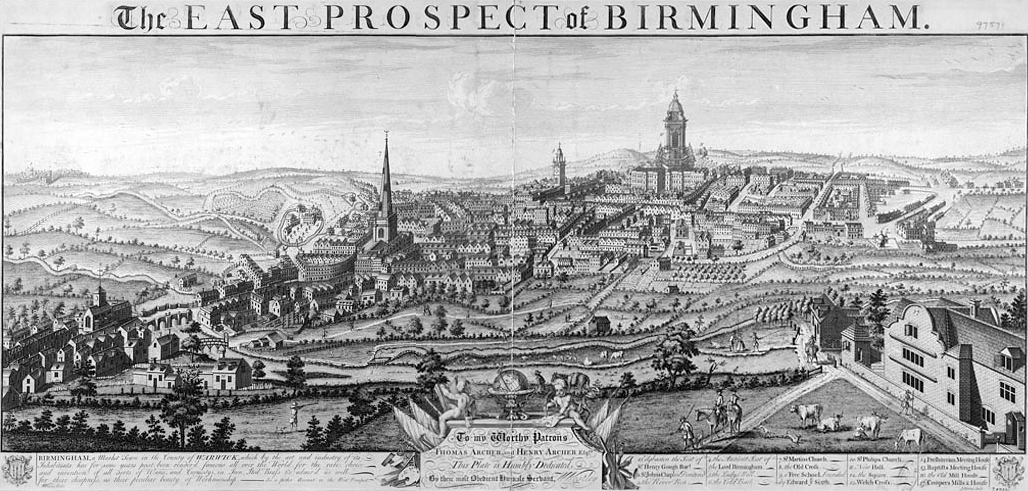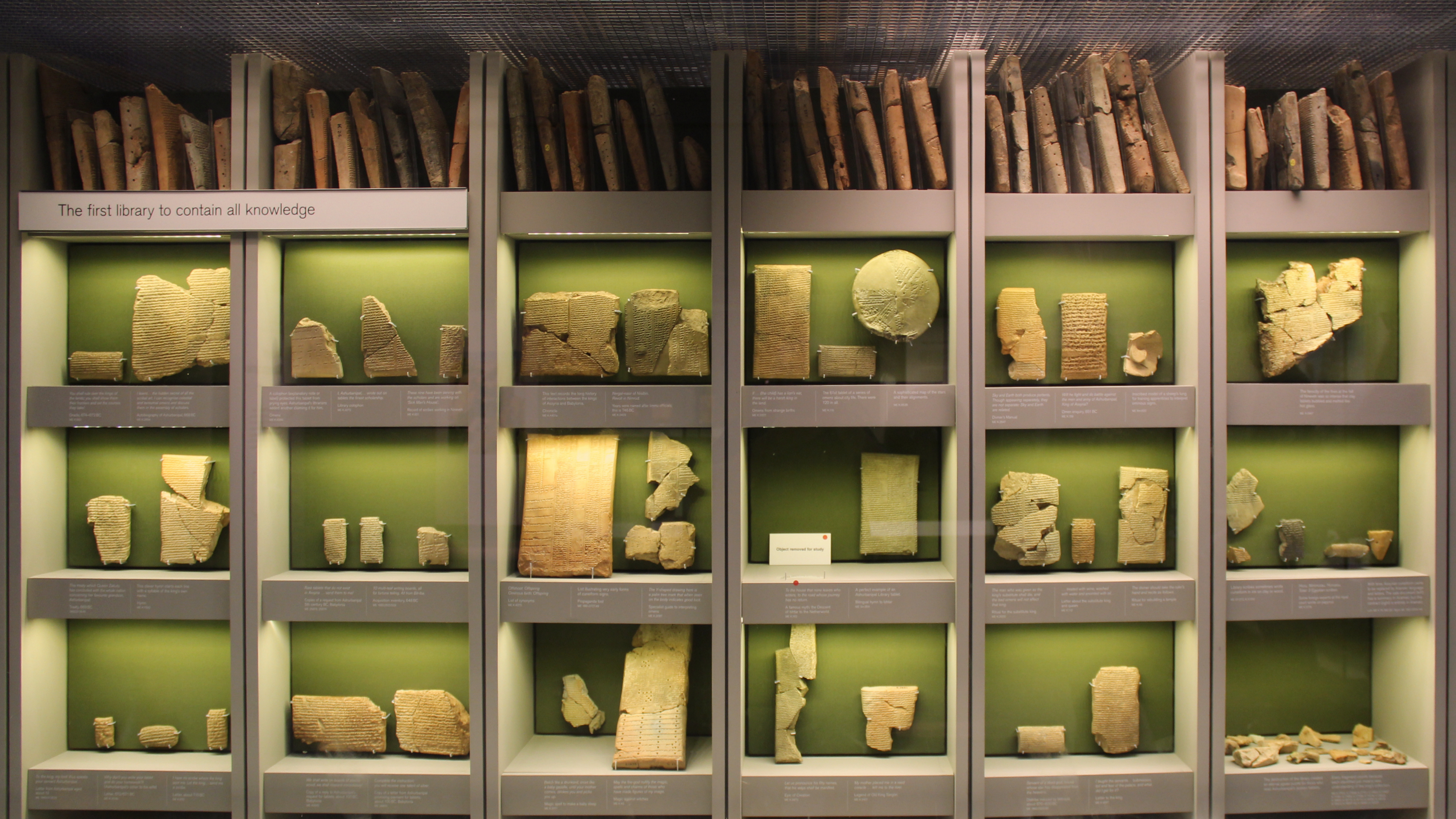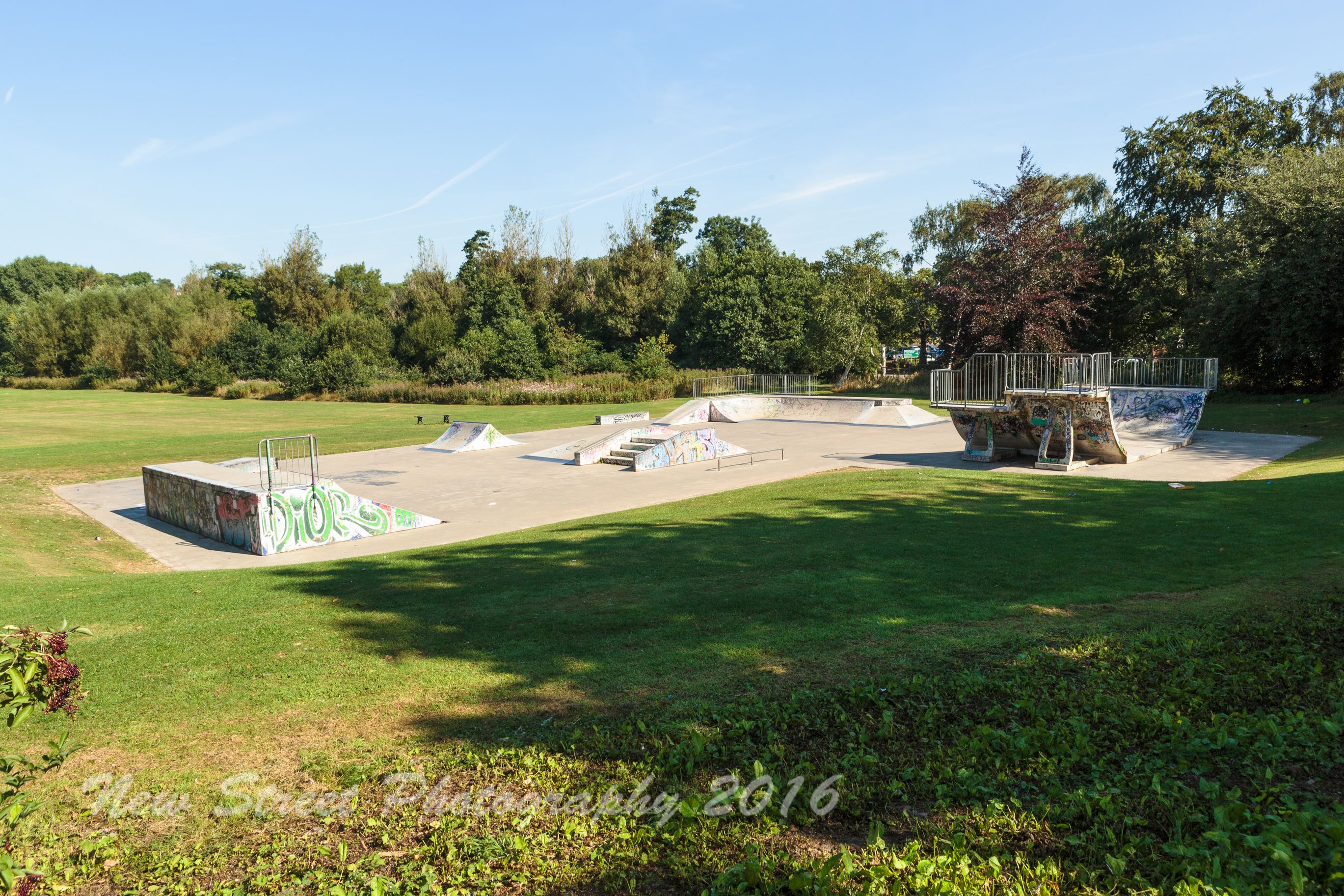|
Birmingham Library (seventeenth Century)
The first Birmingham Library was founded between 1635 and 1642 in Birmingham, England by the puritan minister Francis Roberts. A letter to the Viscount Conway, surviving in the state papers of Charles I and dated 7 August 1637, possibly refers to a catalogue of the library: I have spoken with Mr. Bellers for the catalogue of books he promise to send your Lordship and he tells me he did send for one but there is none drawne as yett, for that Mr. Burges (who oweth them) is little time where is bookes are and that Mr. Roberts, who was a curate to his father and one upon whose assistance and iudgemt in the drawing of a Catalogue Mr. Burgiss doth much rely, is now resideing nere Burmingeham, that is much infected with the sickenes and therefore doth not stir from thence but Mr. Bellers is very confident that the first catalogue that is delivered shall be to yr L'rp. A building was erected for the library between 1655 and 1656, and the accounts of the High Bailiff of Birmingham for 1655 ... [...More Info...] [...Related Items...] OR: [Wikipedia] [Google] [Baidu] |
Birmingham
Birmingham ( ) is a City status in the United Kingdom, city and metropolitan borough in the metropolitan county of West Midlands (county), West Midlands, within the wider West Midlands (region), West Midlands region, in England. It is the List of English districts by population, largest local authority district in England by population and the second-largest city in Britain – commonly referred to as the second city of the United Kingdom – with a population of million people in the city proper in . Birmingham borders the Black Country to its west and, together with the city of Wolverhampton and towns including Dudley and Solihull, forms the West Midlands conurbation. The royal town of Sutton Coldfield is incorporated within the city limits to the northeast. The urban area has a population of 2.65million. Located in the West Midlands (region), West Midlands region of England, Birmingham is considered to be the social, cultural, financial and commercial centre of the Midland ... [...More Info...] [...Related Items...] OR: [Wikipedia] [Google] [Baidu] |
Thomas Hall (minister, Born 1610)
Thomas Hall (1610–1665) was an English clergyman and ejected minister. Life He was the son of Richard Hall, clothier, by his wife Elizabeth (Bonner), and was born in St. Andrew's parish, Worcester, about 22 July 1610. He was educated at the King's School, Worcester, under Henry Bright, one of the most celebrated schoolmasters of the day. In 1624 he entered Balliol College, Oxford, as an exhibitioner. Finding himself under 'a careless tutor,' he moved to the newly founded Pembroke College as a pupil of Thomas Lushington. He graduated B.A. on 7 February 1629. Returning to Worcestershire, he became a teacher at a private school. He preached in the chapels of several hamlets in the parish of Kings Norton, of which his brother, John Hall, vicar of Bromsgrove, was perpetual curate. At this period he conformed, but attendance at the puritan lecture, maintained at Birmingham, contributed to making him a presbyterian. He became curate at Kings Norton under his brother, who soon resigne ... [...More Info...] [...Related Items...] OR: [Wikipedia] [Google] [Baidu] |
Libraries In Birmingham, West Midlands
A library is a collection of books, and possibly other materials and media, that is accessible for use by its members and members of allied institutions. Libraries provide physical (hard copies) or digital (soft copies) materials, and may be a physical location, a virtual space, or both. A library's collection normally includes printed materials which may be borrowed, and usually also includes a reference section of publications which may only be utilized inside the premises. Resources such as commercial releases of films, television programmes, other video recordings, radio, music and audio recordings may be available in many formats. These include DVDs, Blu-rays, CDs, cassettes, or other applicable formats such as microform. They may also provide access to information, music or other content held on bibliographic databases. In addition, some libraries offer creation stations for makers which offer access to a 3D printing station with a 3D scanner. Libraries can vary widely ... [...More Info...] [...Related Items...] OR: [Wikipedia] [Google] [Baidu] |
Library Buildings Completed In The 17th Century
A library is a collection of Book, books, and possibly other Document, materials and Media (communication), media, that is accessible for use by its members and members of allied institutions. Libraries provide physical (hard copies) or electronic media, digital (soft copies) materials, and may be a physical location, a virtual space, or both. A library's collection normally includes printed materials which may be borrowed, and usually also includes a reference section of publications which may only be utilized inside the premises. Resources such as commercial releases of films, television programmes, other video recordings, radio, music and audio recordings may be available in many formats. These include DVDs, Blu-rays, CDs, Cassette tape, cassettes, or other applicable formats such as microform. They may also provide access to information, music or other content held on bibliographic databases. In addition, some libraries offer Library makerspace, creation stations for wiktionar ... [...More Info...] [...Related Items...] OR: [Wikipedia] [Google] [Baidu] |
Buildings And Structures Completed In 1656
A building or edifice is an enclosed structure with a roof, walls and windows, usually standing permanently in one place, such as a house or factory. Buildings come in a variety of sizes, shapes, and functions, and have been adapted throughout history for numerous factors, from building materials available, to weather conditions, land prices, ground conditions, specific uses, prestige, and aesthetic reasons. To better understand the concept, see ''Nonbuilding structure'' for contrast. Buildings serve several societal needs – occupancy, primarily as shelter from weather, security, living space, privacy, to store belongings, and to comfortably live and work. A building as a shelter represents a physical separation of the human habitat (a place of comfort and safety) from the ''outside'' (a place that may be harsh and harmful at times). buildings have been objects or canvasses of much artistic expression. In recent years, interest in sustainable planning and building pract ... [...More Info...] [...Related Items...] OR: [Wikipedia] [Google] [Baidu] |
English Restoration
The Stuart Restoration was the reinstatement in May 1660 of the Stuart monarchy in Kingdom of England, England, Kingdom of Scotland, Scotland, and Kingdom of Ireland, Ireland. It replaced the Commonwealth of England, established in January 1649 after the execution of Charles I, with his son Charles II of England, Charles II. The Commonwealth of England had been governed by Lord Protector Oliver Cromwell and then his son Richard Cromwell. The term is also used to describe the reign of Charles II (1660–1685), and sometimes that of his younger brother King James II, James II (1685–1688). The Protectorate After Richard Cromwell, Lord Protector from 1658 to 1659, ceded power to the Rump Parliament, Charles Fleetwood and John Lambert (general), John Lambert then dominated government for a year. On 20 October 1659, George Monck, the governor of Scotland under the Cromwells, marched south with his army from Scotland to oppose Fleetwood and Lambert. Lambert's a ... [...More Info...] [...Related Items...] OR: [Wikipedia] [Google] [Baidu] |
Wythall
Wythall is a large village and civil parish in the Bromsgrove District, in the northeastern corner of the county of Worcestershire, England. Wythall parish borders Solihull and Birmingham, and had a population of 12,269 in the UK census of 2021. The civil parish was created in 1911 when the remainder of the previous King's Norton civil parish was absorbed into the then County Borough of Birmingham. Wythall village is around 7 miles south of Birmingham City Centre (a 20-minute train journey from Wythall railway station) along Alcester Road. There are a number of 19th century buildings on this road including the Wythall Institute (erected 1888/89). The civil parish of Wythall has always included Drake's Cross, Hollywood and Headley Heath and today also includes Major's Green and the formerly undeveloped Worcestershire part of Walker's Heath. Wythall village itself is generally the area covered by the parish ward of Grimes Hill and the northeastern portion of the Wythall He ... [...More Info...] [...Related Items...] OR: [Wikipedia] [Google] [Baidu] |
King's Norton
Kings Norton, alternatively King's Norton, is an area of Birmingham, in the county of the West Midlands, England. Historically in Worcestershire, it was also a Birmingham City Council ward within the borough of Birmingham. The district lies 6.5 miles south-southwest of Birmingham city centre and is within 1.5 miles of the north Worcestershire border. Kings Norton has been split into two wards, Kings Norton North and Kings Norton South. History There was Romano-British occupation near the later town. Excavations at Kings Norton found signs of a small Romano-British settlement, including Roman pottery and a Roman ditch at Parsons Hill, near Icknield Street. Kings Norton derives its origin from the basic Early English ''Nor + tun'', meaning North settlement and belonging to or held by the king, when Kings Norton was the northernmost of the berewicks or outlying manors of Bromsgrove in Worcestershire. Before 1066 these manors with many others in Birmingham had belonged to E ... [...More Info...] [...Related Items...] OR: [Wikipedia] [Google] [Baidu] |
Moseley
Moseley ( ') is an affluent suburb in south Birmingham, England, south of the city centre. It is located within the eponymous Moseley ward of the constituency of Birmingham Hall Green and Moseley (UK Parliament constituency), Hall Green and Moseley in the Ceremonial counties of England, ceremonial county of the West Midlands (county), West Midlands. It Historic counties of England, historically lay within Worcestershire, abutting the county border with Warwickshire. History Moseley was listed as a settlement within the manor of Bromsgrove in the Domesday Book of 1086 as ''Museleie'', from the Anglo-Saxon language, Anglo-Saxon ''mús'' (mouse) + ''leáh'' (lea, meadow), which translates as either 'mouse clearing' or 'mouse-sized (i.e. small) clearing'. St. Mary's Church, Moseley, St Mary's Church, Moseley was licensed by the Bishop of Worcester (authorised by Pope Innocent VII) in February 1405. St Anne's Church, Moseley was opened in 1874 for the now extinct parish of Park ... [...More Info...] [...Related Items...] OR: [Wikipedia] [Google] [Baidu] |
Penny (British Pre-decimal Coin)
The United Kingdom, British £sd, pre-decimal penny was a denomination of Coins of the United Kingdom, sterling coinage worth of one Pound sterling, pound or of one Shilling (British coin), shilling. Its symbol was ''d'', from the Roman denarius. It was a continuation of the earlier Penny (English coin), English penny, and in Scotland it had the same monetary value as one Acts of Union 1707, pre-1707 Scottish shilling, thus the English penny was called in Scottish Gaelic. The penny was originally minted in silver, but from the late 18th century it was minted in copper, and then after 1860 in bronze. The plural of "penny" is "pence" (often added as an unstressed suffix) when referring to an amount of money, and "pennies" when referring to a number of coins. Thus 8''d'' is eightpence or eight pence, but "eight pennies" means specifically eight individual penny coins. Before Decimal Day in 1971, sterling used the Carolingian monetary system (£sd), under which the largest unit w ... [...More Info...] [...Related Items...] OR: [Wikipedia] [Google] [Baidu] |
England
England is a Countries of the United Kingdom, country that is part of the United Kingdom. It is located on the island of Great Britain, of which it covers about 62%, and List of islands of England, more than 100 smaller adjacent islands. It shares Anglo-Scottish border, a land border with Scotland to the north and England–Wales border, another land border with Wales to the west, and is otherwise surrounded by the North Sea to the east, the English Channel to the south, the Celtic Sea to the south-west, and the Irish Sea to the west. Continental Europe lies to the south-east, and Ireland to the west. At the 2021 United Kingdom census, 2021 census, the population was 56,490,048. London is both List of urban areas in the United Kingdom, the largest city and the Capital city, capital. The area now called England was first inhabited by modern humans during the Upper Paleolithic. It takes its name from the Angles (tribe), Angles, a Germanic peoples, Germanic tribe who settled du ... [...More Info...] [...Related Items...] OR: [Wikipedia] [Google] [Baidu] |
Shilling (British Coin)
The United Kingdom, British shilling, abbreviated "1s" or "1/-", was a unit of currency and a denomination of Coins of the United Kingdom, sterling coinage worth of one Pound (currency), pound, or twelve Penny (British pre-decimal coin), pre-decimal pence. It was first minted in the reign of Henry VII of England, Henry VII as the testoon, and became known as the shilling, from the Old English , sometime in the mid-16th century. It circulated until 1990. It was commonly known as a ''bob'', as in "ten-bob note", also the Scout Association's Bob a Job Week. The shilling was last minted in 1966, prior to Decimal Day, decimalisation. Following decimal day on 15 February 1971 the coin had a value of Five pence (British coin), five new pence, and a new coin of the same value but labelled as "five new pence" (later removing "new" after 1980) was minted with the same size as the shilling until 1990. The five-pence coin was reduced in size in 1990, and the old larger five-pence coins and t ... [...More Info...] [...Related Items...] OR: [Wikipedia] [Google] [Baidu] |









